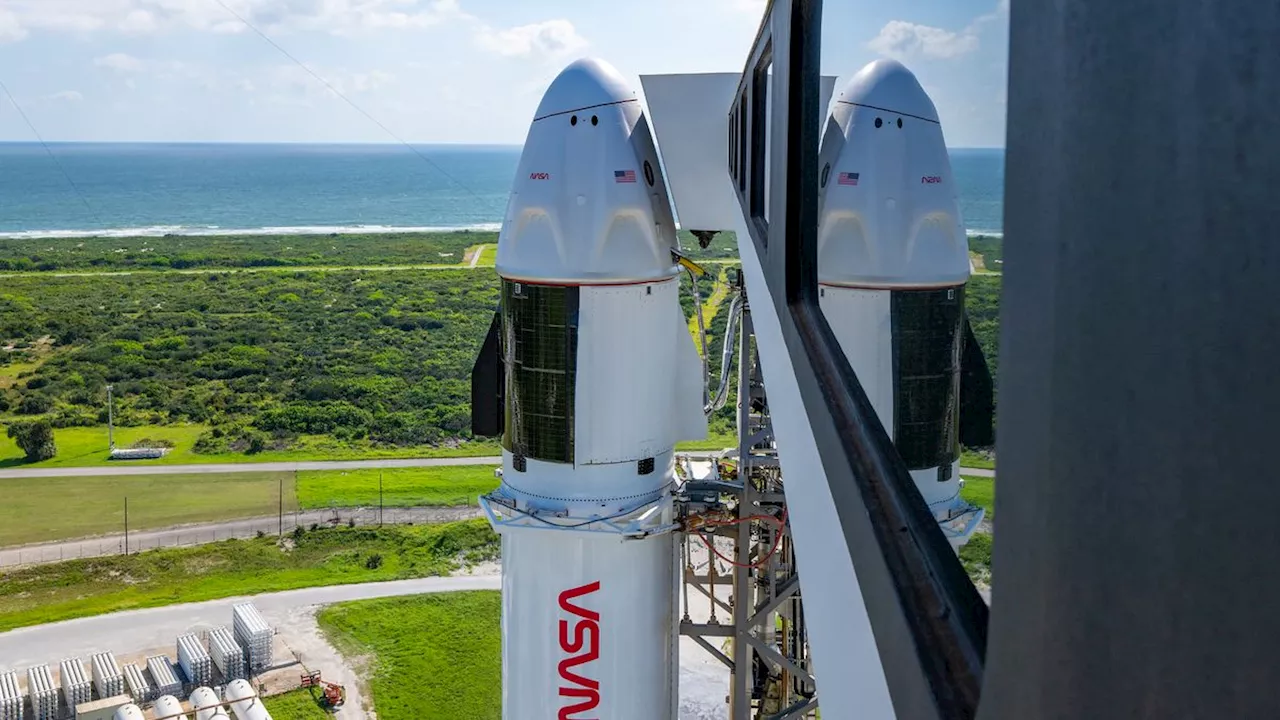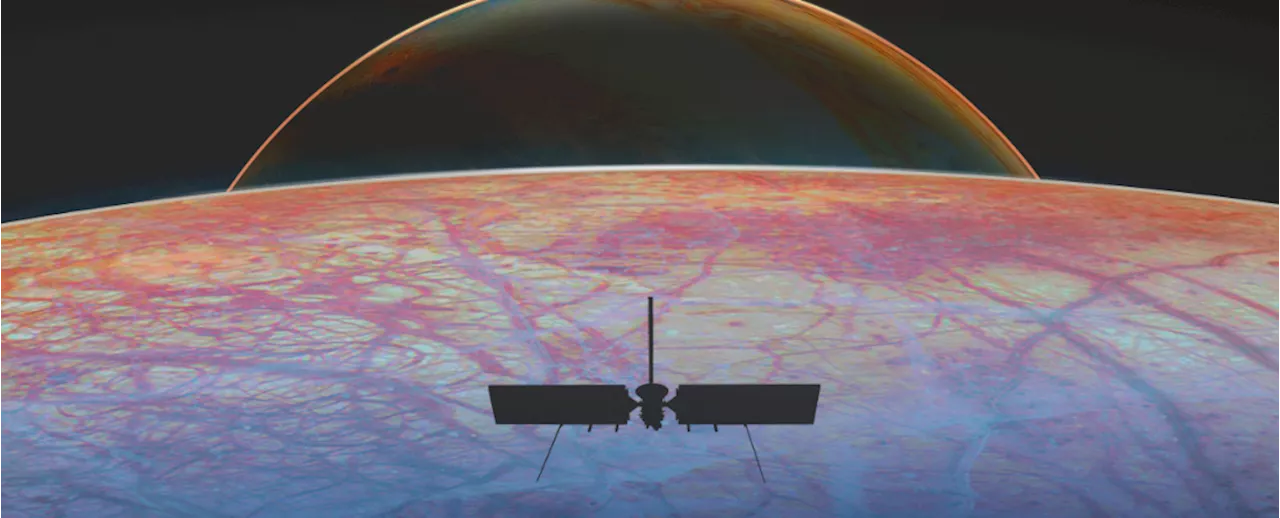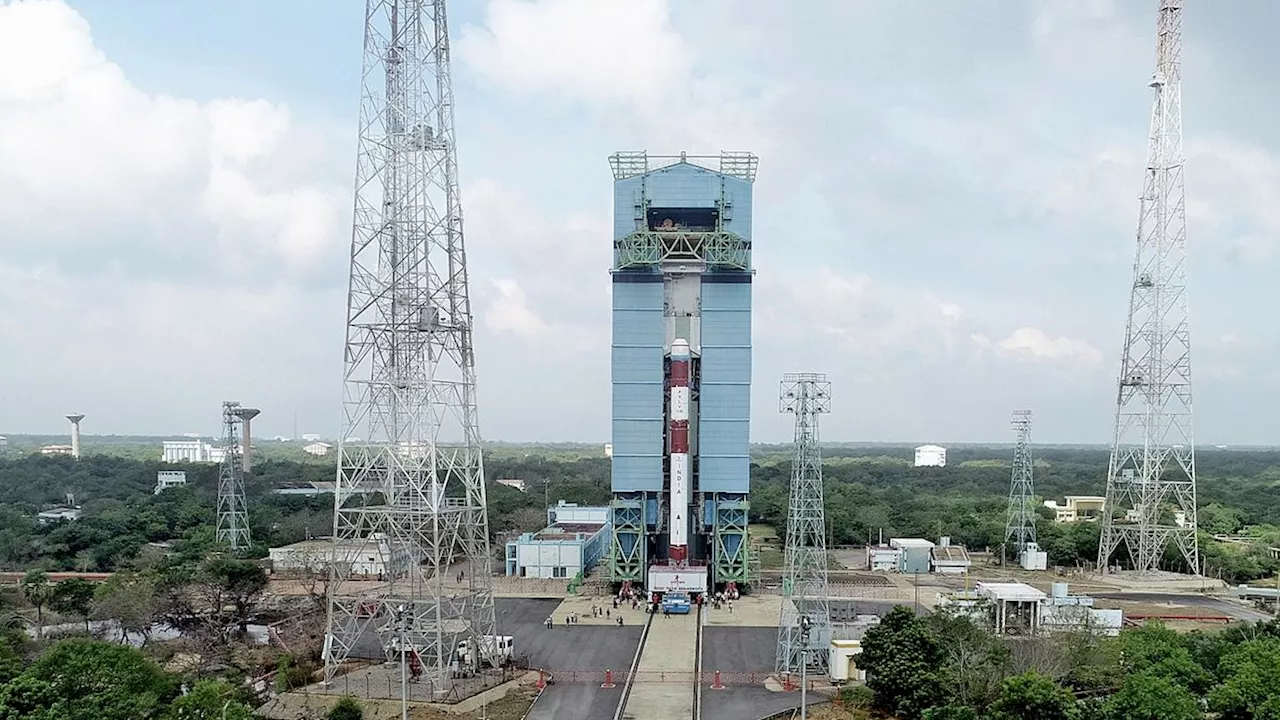The European Space Agency's Rosetta probe revolutionized our understanding of comets by discovering a vast array of organic molecules, including amino acids and dimethyl sulfide. Similar missions, Hayabusa2 and Osiris-Rex, have returned samples from asteroids Bennu and Ryugu, further confirming the widespread presence of these life-building blocks in the solar system.
Ten years ago, the European Space Agency’s Rosetta probe pulled up alongside a dusty, icy lump the size of a mountain. The probe would follow its quarry, a comet called 67P/Churyumov-Gerasimenko, for two years as onboard instruments caught and analyzed the dust and gas streaming away from the comet. Scientists sought hints about how our solar system came to be—and about the origin of one class of molecules in particular.
” Dynamic Disks A key question is whether these molecules can survive the birth of a solar system. New stars and planets form via the gravitational collapse of gas and dust clouds. Are the primordial organic molecules in those clouds lost in the early days of a new solar system, blasted apart as young stars blaze to life? Only recently did scientists get their first glimpses of organic molecules within protoplanetary disks—the rotating frisbees of gas and dust that spin around newborn stars.
Astroids Comets Organic Molecules Life Origins Space Exploration
United States Latest News, United States Headlines
Similar News:You can also read news stories similar to this one that we have collected from other news sources.
 SpaceX to Fly Two More Private Astronaut Missions to ISS for Vast SpaceSpaceX has signed a deal with Vast Space to launch two more private astronaut missions to the International Space Station (ISS). These missions are part of Vast Space's strategy to advance human space exploration and position itself as a leading contender for the next-generation successor to the ISS.
SpaceX to Fly Two More Private Astronaut Missions to ISS for Vast SpaceSpaceX has signed a deal with Vast Space to launch two more private astronaut missions to the International Space Station (ISS). These missions are part of Vast Space's strategy to advance human space exploration and position itself as a leading contender for the next-generation successor to the ISS.
Read more »
 Space missions spanned the solar system in 2024Humankind accomplished new feats in space this year, including scooping up some of the moon’s farside and launching a probe to Jupiter’s moon Europa.
Space missions spanned the solar system in 2024Humankind accomplished new feats in space this year, including scooping up some of the moon’s farside and launching a probe to Jupiter’s moon Europa.
Read more »
 Lasers powered by sunlight could beam energy through space to support interplanetary missionsSkyler Ware is a freelance science journalist covering chemistry, biology, paleontology and Earth science. She was a 2023 AAAS Mass Media Science and Engineering Fellow at Science News. Her work has also appeared in Science News Explores, ZME Science and Chembites, among others. Skyler has a Ph.D. in chemistry from Caltech.
Lasers powered by sunlight could beam energy through space to support interplanetary missionsSkyler Ware is a freelance science journalist covering chemistry, biology, paleontology and Earth science. She was a 2023 AAAS Mass Media Science and Engineering Fellow at Science News. Her work has also appeared in Science News Explores, ZME Science and Chembites, among others. Skyler has a Ph.D. in chemistry from Caltech.
Read more »
 Space Debris: A Growing Threat to Satellites and MissionsThe increasing number of satellites in Earth orbit raises concerns about space debris and the risk of collisions. Experts warn that certain orbits, particularly low Earth orbit, are becoming dangerously crowded.
Space Debris: A Growing Threat to Satellites and MissionsThe increasing number of satellites in Earth orbit raises concerns about space debris and the risk of collisions. Experts warn that certain orbits, particularly low Earth orbit, are becoming dangerously crowded.
Read more »
 Most Exciting Space Missions Planned for 2025Explore the upcoming lunar and space missions planned for 2025, including the Spectro-Photometer for the History of the Universe, Epoch of Reionization and Ices Explorer (SPHEREx), the Space Rider spaceplane, and missions focused on lunar geology and resource extraction.
Most Exciting Space Missions Planned for 2025Explore the upcoming lunar and space missions planned for 2025, including the Spectro-Photometer for the History of the Universe, Epoch of Reionization and Ices Explorer (SPHEREx), the Space Rider spaceplane, and missions focused on lunar geology and resource extraction.
Read more »
 India to Test Space Docking Technology for Future Lunar MissionsIndia's Space Research Organisation (ISRO) is set to launch a space docking experiment (SpaDeX) on December 30th, testing autonomous docking technology crucial for future lunar missions and space station construction.
India to Test Space Docking Technology for Future Lunar MissionsIndia's Space Research Organisation (ISRO) is set to launch a space docking experiment (SpaDeX) on December 30th, testing autonomous docking technology crucial for future lunar missions and space station construction.
Read more »